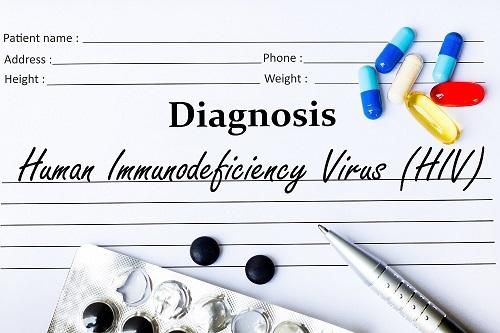Approaching HIV Through Health Equity
A new study sought to approach the HIV epidemic in the United States through a distributional cost-effectiveness analysis across 6 cities.

Despite responding to the HIV/AIDS for decades, we are still struggling to combat this viral pandemic. In the United States, 1.2 million people have HIV and it is estimated that in 2019, 34,800 new HIV infections occurred. More worrisome, of the 1.2 million living with HIV, 13% don’t know they are infected and need testing. Like so many health issues, there is a disproportionate impact on various populations already experiencing social and health disparities.
Perhaps one of the most important aspects to addressing the HIV epidemic will be through improving health equity. A new study in The Lancet focusing sought to approach the HIV epidemic in the United States through a distributional cost-effectiveness analysis across 6 cities.
The authors utilized an approach that focused on three measures of health equity – between-group variance, index of disparity, and The index, including incidence rate rations, and rate differences for specific scenarios. The research team shared that they “adapted a dynamic, compartmental HIV transmission model to characterize HIV micro-epidemics in 6 US cities: Atlanta, Baltimore, Los Angeles, Miami, New York, and Seattle. We considered combinations of 16 evidence-based interventions to diagnose, treat, and prevent HIV transmission according to previously documented levels of scale-up. We then identified optimal combination strategies for each city, with the distribution of each intervention implemented according to existing service levels (proportional services approach) and the racial or ethnic distribution of new diagnoses (between Black, Hispanic or Latinx, and White or other ethnicity individuals; equity approach). We estimated total costs, quality-adjusted life-years (QALYs), and incremental cost-effectiveness ratios of strategies implemented from 2020 to 2030 (health-care perspective; 20-year time horizon; 3% annual discount rate).”
Following these efforts, they found that across all the studied cities, the most successful strategies were combination rather than proportional efforts. Interestingly this improved the equity approach by a 3.1% increase in New York.
The authors noted “Compared with proportional services, the equity approach delivered lower costs over 20 years in all cities except Los Angeles; cost reductions ranged from $22·9 million (95% CrI 5·3–55·7 million) in Seattle to $579·8 million (255·4–940·5 million) in Atlanta. The equity approach also reduced incidence disparities and health inequality measures in all cities except Los Angeles.”
Fundamentally this study underscores a desperate need to a cost-effectiveness framework that incorporates a combination approach. More innovative and flexible strategies to address complex public health issues like HIV are critical. Most importantly, these strategies must take into account the existing health inequities that make access to care worsened. Lastly, these strategies should ensure Black, Hispanic, or Latinx individuals who are already being disproportionally affected by HIV, are supported but also included in the development and evaluation of such efforts. While HIV incidence declined 8% from 2015 to 2019, there is still a rate of 12.6 cases per 100,000 people, meaning there is a desperate need to have sustained HIV prevention efforts, especially for those disproportionately impacted.
